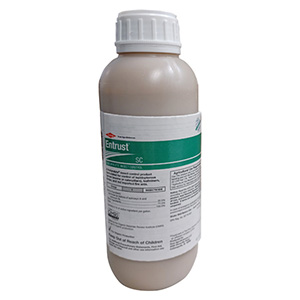Grapeleaf Skeletonizer
-
$107.16
-
$275.00–$2,495.00
-
$19.99–$1,297.00
-
$41.00
-
$79.99–$170.00
-
$29.99–$72.50
-
$24.75–$119.50
-
-
$270.00
-
$350.00–$975.00
-
$179.20–$650.00














